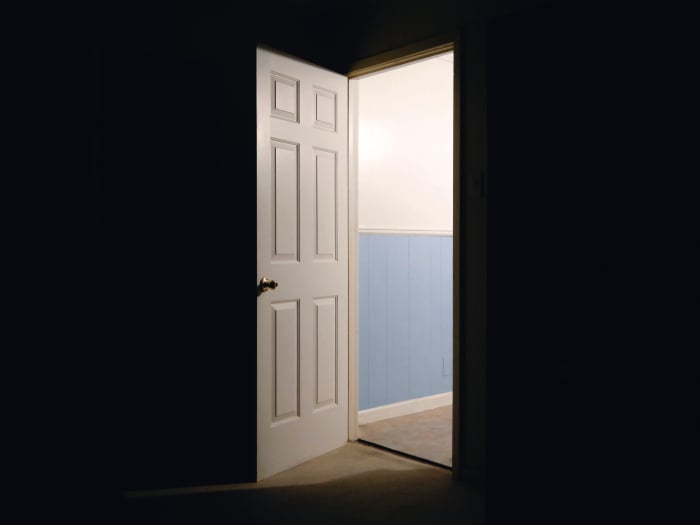The Secret to Effective Escape Room Design
Mon, 01 Jun, 2020
The flexibility of the escape room concept means just about anyone can create one without needing bundles of cash to do so – you don’t even need a room!
The DIY process is a rewarding experience and requires just three key ingredients: time, creativity and a dash of patience. Once you’ve got those locked down, feel free to start your design journey.
Here’s everything you need to keep in mind…
Streamline and Streamline Again
Whether you’re building garden furniture or redesigning your kitchen, the DIY process always starts the same way: outline the steps before doing anything else.
Be careful not to get lost down the rabbit hole when thinking of your narrative. Adding unnecessary steps and tangents will create a maze that often ends in a complete overhaul once things inevitably get too messy.
It’s your first attempt; so keep it simple and streamlined!

Who’s Your Audience?
What’s the first word that comes into your head when you think about escape rooms? Complex? Complicated? Confusing? Escape rooms are designed to be challenging, so it’s only natural to assume that in order to create one, it needs to be difficult.
The truth is, the difficulty level is entirely down to you and, most importantly, who your audience might be.
Family, friends or colleagues? No one knows your potential audience better than you – along with all their capabilities and limitations. Don’t create a terrifying and complex murder mystery narrative for your five-year-old niece and her friends!
Puzzle Selection
Assuming you’re not interested in breaking the bank, there’s an abundance of cost-effective tools, gadgets and gizmos lying around the house that deputize for great escape room puzzles. We've already described some of them in the article 'Top 10 DIY Escape Room Puzzles'.
Create your own coded messages and invisible ink, use any type of locks (keys, combinations etc.), hide objects, use patterns, apply arithmetic and get the maps out.
These are all common escape room puzzles that can be implemented into your narrative spending a single penny! Just remember to tie them into your theme and you’re good to go!
Test and Retest!
So you think you’ve created a fully functional escape room that consists of a theme, narrative and chronological puzzles that culminate in an escape finale. All that’s left to do is test out the game from start to finish.
We can almost guarantee that a reshuffle is required once you realize certain puzzles don’t work as smoothly as you’d like, but that’s okay: this is why the testing phase is necessary. It’s better to find out now rather than in front of an audience!



